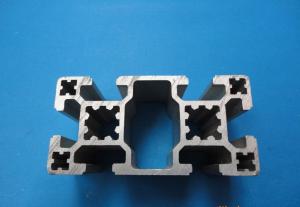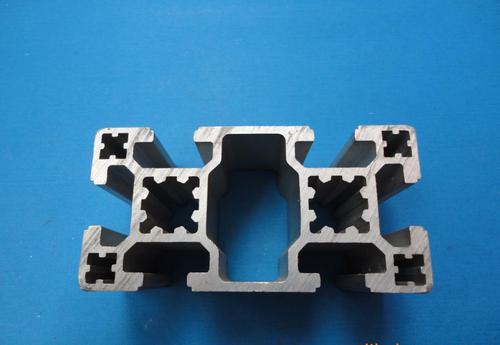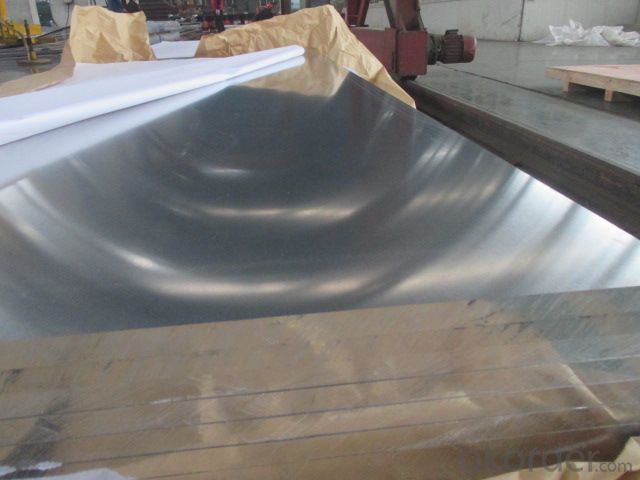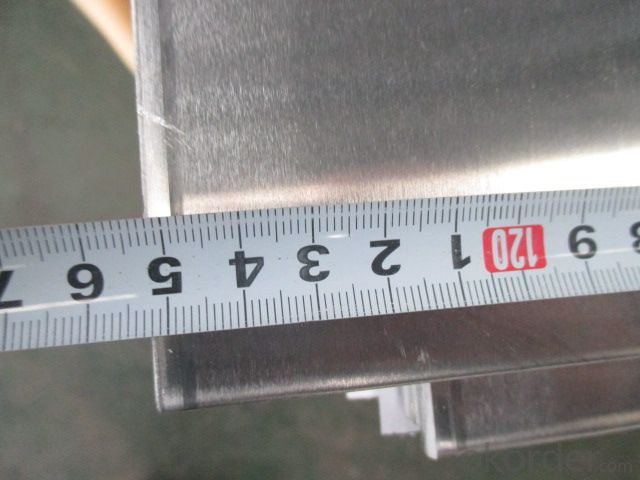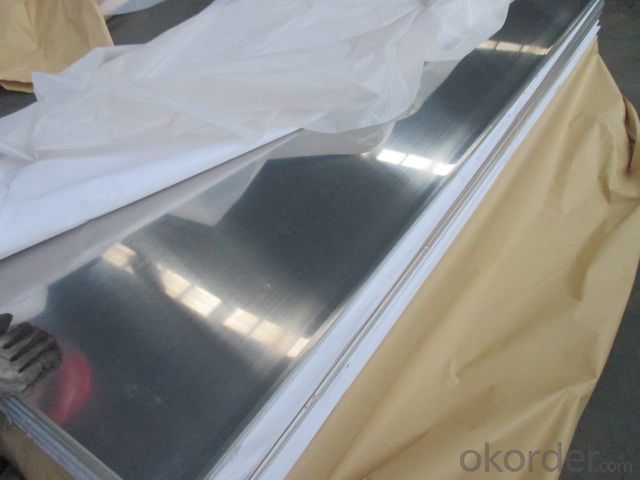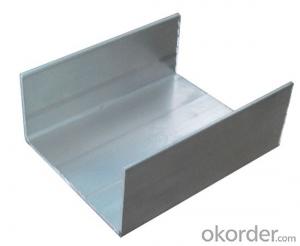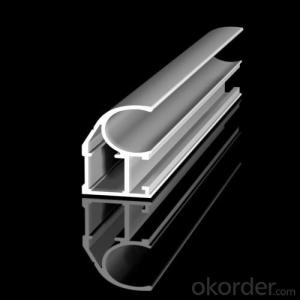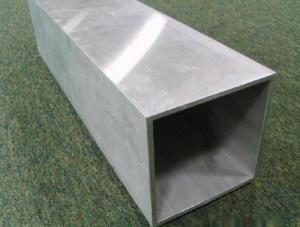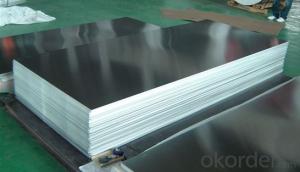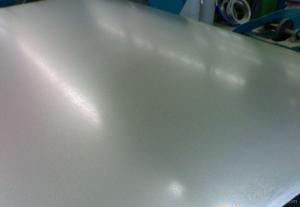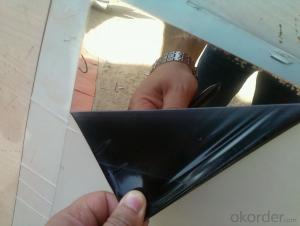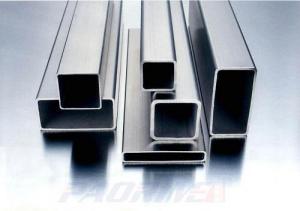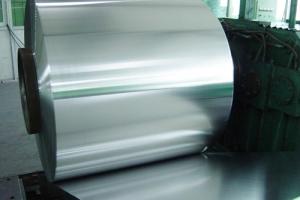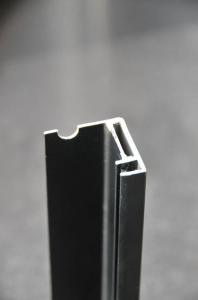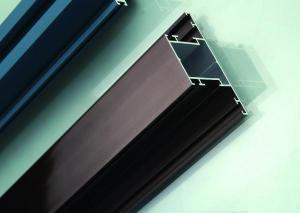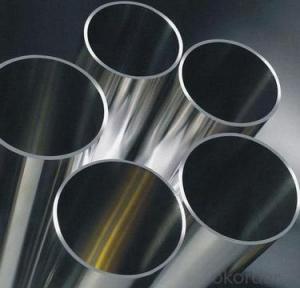Aluminum Extruded Profiles - Cold Rolled and Hot Rolled Aluminum Sheets
- Loading Port:
- Shanghai
- Payment Terms:
- TT or LC
- Min Order Qty:
- 8 m.t.
- Supply Capability:
- 5000 m.t./month
OKorder Service Pledge
OKorder Financial Service
You Might Also Like
1.Structure of Product Description
Cold rolled aluminum sheet and cold drawn sheet and other grades and alloy number and tempers and hot rolled aluminum plate are all widely used in the field off construction field and decoration field, etc.
There are many different grades, such as: 1000 series, 2000 series, 3000 series, 5052,5754,5083,6061,6063,8011, etc.
The temper is include H14, H22, H24,O,F, H44,H112,H114,etc.
2. Main features of the product
a.Competitive price
b.Frist-Class Service.
c. Shortest service.
3. Image.
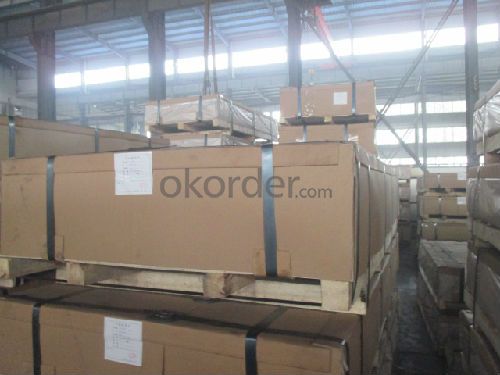
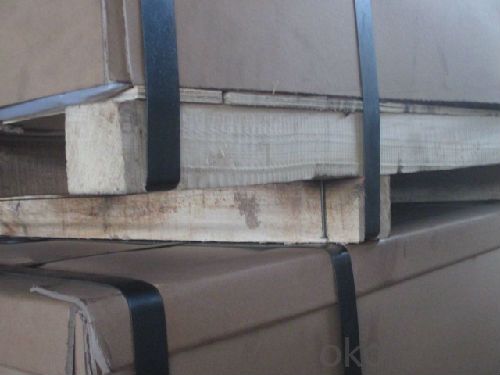
4. Product detailed sizes:
1000mm*2000mm, 1219mm*2438mm,1250mm*2500mm,1500mm*3000mm, etc.
5. FAQ:
What is the quality standard?
---Usually our standard is GB3880-2006 or others.
What is the width range?
---It is from 1000mm to 2500mm, etc.
---Normally it is around 9000 tons totally.
Where is your client from?
---Normally it is from Japan, Bangladesh,SRI LANKA,
USA, ENGLISH, SINGAPORE, VIETNAM, INDONESIA,JAPAN, ENGLAND, ETC.
What is your mainly products?
---Normally they are aluminum sheet, checkered sheet, checkered sheet and other grade aluminum sheet
mirror finish aluminium sheet, aluminum casting coil, we can also produce PPGI, GI, and some ohter grades are also very best-selling in this construction field, etc.
- Q: You know, aluminum radiator, why should aluminum do?
- Shanghai Sichuan PM metal products Co. Ltd.Why does the radiator choose aluminum? Are there any doubts about it? Well, now let's see what the advantages are. First of all, as the radiator, the use of aluminum profiles, as long as it is better heat dissipation, and better than the heat of steel, so in the use of materials will be less than the use of steel radiators.
- Q: Can aluminum profiles be used for DIY projects or home improvement?
- Yes, aluminum profiles can be used for DIY projects or home improvement. Aluminum profiles are versatile and can be easily cut, shaped, and joined together to create various structures and components for different applications. They are lightweight, yet strong and durable, making them suitable for a wide range of projects. Whether you want to build a custom shelving unit, construct a garden fence, create a frame for a solar panel, or even design a unique piece of furniture, aluminum profiles can be an excellent choice. Additionally, they are resistant to corrosion and require minimal maintenance, which makes them ideal for outdoor projects as well. With the right tools and a little creativity, aluminum profiles can be transformed into functional and aesthetically pleasing additions to your home.
- Q: What are the fire safety regulations for aluminum profiles?
- Fire safety regulations for aluminum profiles vary depending on the specific jurisdiction and the intended use of the profiles. However, there are several general principles and guidelines commonly followed to ensure fire safety when using aluminum profiles. 1. Fire resistance ratings: Aluminum profiles undergo standardized testing procedures to determine their fire resistance rating. This rating indicates how long the profiles can withstand exposure to fire before their structural integrity starts to weaken. 2. Flame spread rating: The flame spread rating assesses how quickly flames can spread along the surface of aluminum profiles. A lower flame spread rating indicates a slower flame spread rate, reducing the risk of fire spread in case of an incident. 3. Coating and surface treatments: The fire safety of aluminum profiles can be affected by their surface treatment and coating. Certain coatings or finishes can provide additional fire resistance properties. For example, fire-retardant coatings may be applied to improve fire resistance or inhibit flame spread. 4. Installation and use: Adhering to fire safety regulations involves properly installing and using aluminum profiles. This includes complying with building codes and standards, ensuring that profiles maintain their fire resistance properties during installation, and avoiding situations that could compromise their fire safety. 5. Regular maintenance and inspections: Regular maintenance and inspections are important to ensure that aluminum profiles remain compliant with fire safety regulations. This involves checking for any damage or deterioration that could affect their fire resistance properties and taking appropriate measures to address identified issues. To ensure compliance with specific requirements for aluminum profiles in a particular jurisdiction, it is crucial to consult local fire safety regulations and building codes. Seeking guidance from relevant authorities or fire safety professionals is also recommended.
- Q: Can aluminum profiles be used for modular exhibition booths?
- Indeed, modular exhibition booths can utilize aluminum profiles. Being light in weight, durable, and simple to assemble, aluminum profiles prove to be an excellent selection for crafting such booths. Customization and reconfiguration of these profiles to meet specific design needs is effortless. Moreover, these profiles provide a polished and professional look and can be employed in constructing walls, frames, panels, and display shelves within the booth. Furthermore, aluminum profiles are easily transportable and storable, rendering them a pragmatic choice for exhibition booths that require frequent setup and dismantling.
- Q: Are aluminum profiles compatible with glass or other glazing materials?
- Glass and other glazing materials can be used with aluminum profiles. Aluminum is a popular choice for window and door frames because it is strong, durable, and versatile. Combining aluminum with glass allows for the creation of stylish and functional windows, doors, and architectural elements. Aluminum profiles are specifically designed to securely hold and support glass panels, ensuring a safe and stable glazing system. Furthermore, aluminum profiles can also be used with polycarbonate or acrylic sheets, giving flexibility in design and construction. In summary, aluminum profiles are highly compatible with glass and various glazing materials, making them a dependable option for contemporary architectural projects.
- Q: Are aluminum profiles suitable for conveyor rollers?
- Yes, aluminum profiles are suitable for conveyor rollers. Aluminum is a lightweight and durable material that offers various advantages for conveyor systems. Firstly, aluminum profiles provide excellent strength-to-weight ratio, making them ideal for conveyor rollers. They are strong enough to handle the weight of materials being transported while being light enough to reduce the overall weight of the conveyor system, resulting in energy savings and easier handling during installation and maintenance. Additionally, aluminum profiles offer excellent corrosion resistance, which is crucial for conveyor systems operating in harsh environments, such as those exposed to moisture or chemicals. This corrosion resistance ensures the longevity and reliability of the conveyor rollers, reducing maintenance requirements and costs. Moreover, aluminum profiles can be easily customized and fabricated to fit specific conveyor system requirements. They can be extruded into various shapes and sizes, allowing for the creation of conveyor rollers that perfectly match the application's needs. This versatility makes aluminum profiles highly adaptable and suitable for a wide range of conveyor systems, including those in industries such as manufacturing, packaging, and logistics. Furthermore, aluminum is a highly sustainable material as it is 100% recyclable, making it an environmentally friendly choice for conveyor rollers. By using aluminum profiles, companies can contribute to their sustainability goals and reduce their carbon footprint. In conclusion, aluminum profiles are indeed suitable for conveyor rollers due to their lightweight, durable, corrosion-resistant, customizable, and sustainable properties.
- Q: This question asks about the various types of protective coatings applied to aluminum profiles to enhance their durability and resistance to environmental factors.
- <p>Aluminum profiles are coated with different materials to protect them from corrosion and enhance their appearance. Some common coatings include: anodizing, which creates a hard, corrosion-resistant oxide layer on the surface; powder coating, a durable and versatile method that provides a wide range of colors and finishes; electrophoretic coating (E-coating), which offers a smooth, even coating for corrosion resistance; and thermal spraying, which applies a protective layer through a high-velocity flame process. Each coating serves a specific purpose, such as improving durability, resistance to UV rays, or simply for aesthetic reasons.</p>
- Q: This question asks for a method to determine the quantity of aluminum profiles needed for a construction project.
- <p>To calculate the amount of aluminum profiles required for a building project, follow these steps: 1. Determine the project's design and specifications to identify where aluminum profiles are needed. 2. Measure the dimensions of the areas requiring aluminum profiles (length, width, height). 3. Calculate the total linear footage needed by multiplying the dimensions. 4. Consider the profile's cross-sectional area and the project's load-bearing requirements. 5. Account for waste and additional material for joints, connections, and potential errors. 6. Consult with suppliers or use industry-standard formulas to determine the exact quantity of profiles needed. 7. Review and adjust calculations as the project progresses to ensure accuracy.</p>
- Q: Can aluminum profiles be used for stage and event structures?
- Stage and event structures can indeed make use of aluminum profiles. Aluminum, being both lightweight and durable, is a widely utilized material in the construction industry for a range of purposes, including stage and event structures. Aluminum profiles possess versatility, allowing for easy shaping, cutting, and joining to create customized structures. With an excellent strength-to-weight ratio, they are well-suited for supporting heavy equipment and ensuring the safety of performers and audience members. Moreover, aluminum profiles can be powder-coated or anodized, providing both a decorative finish and protection against corrosion. This enhances the visual appeal and longevity of the structures. In conclusion, aluminum profiles are a popular option for stage and event structures due to their versatility, strength, and aesthetic qualities.
- Q: What are the advantages and disadvantages of the use of magnesium profiles compared with aluminum profiles?
- 5 specific gravity density: under the same volume conditions, magnesium alloy is lighter than aluminum alloy, which is the advantage of magnesium alloy.6 modulus of elasticity: the frame made of magnesium alloy is more rigid than aluminum alloy frame, and the frame made of the same thickness and caliber can absorb more trampling force when riding, which will influence riding efficiency.
Send your message to us
Aluminum Extruded Profiles - Cold Rolled and Hot Rolled Aluminum Sheets
- Loading Port:
- Shanghai
- Payment Terms:
- TT or LC
- Min Order Qty:
- 8 m.t.
- Supply Capability:
- 5000 m.t./month
OKorder Service Pledge
OKorder Financial Service
Similar products
Hot products
Hot Searches
Related keywords
